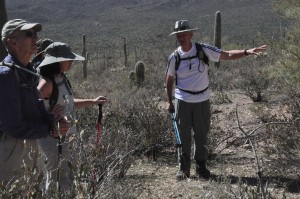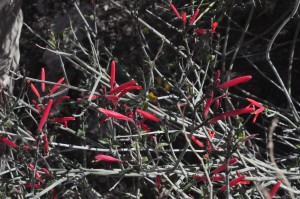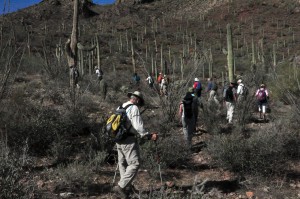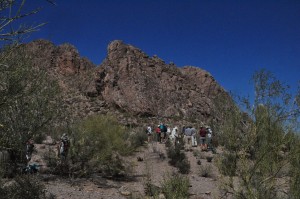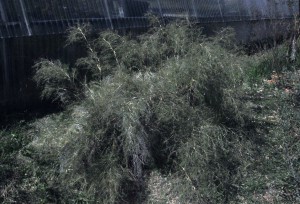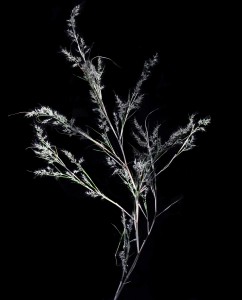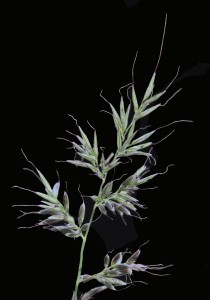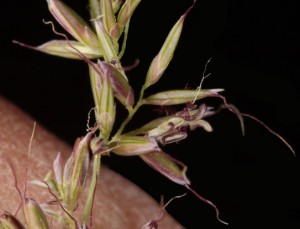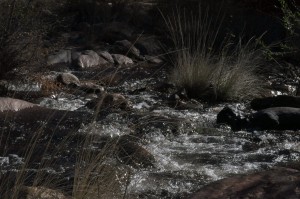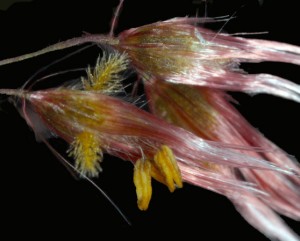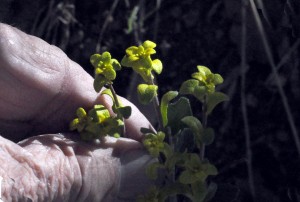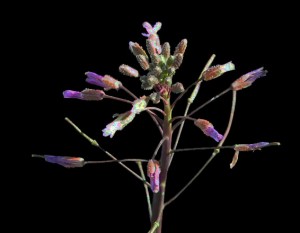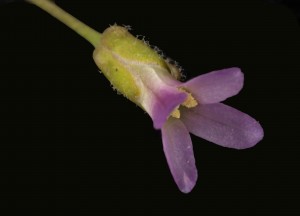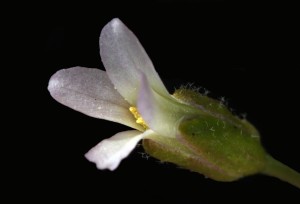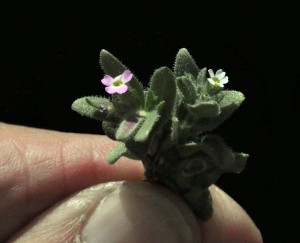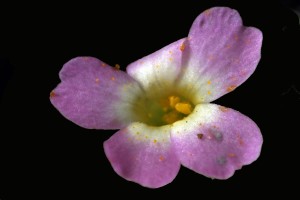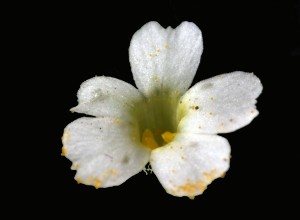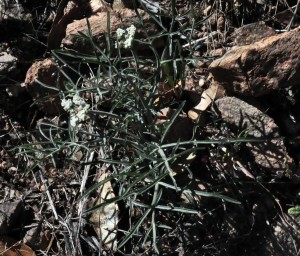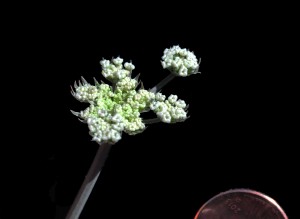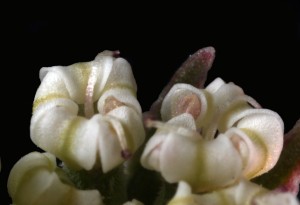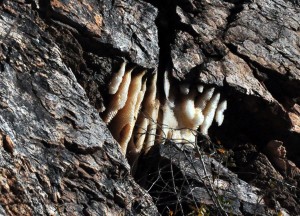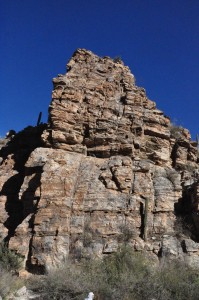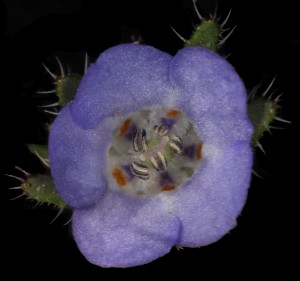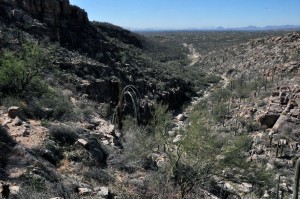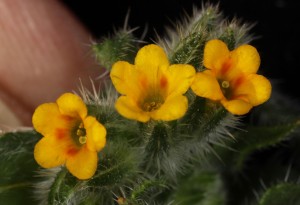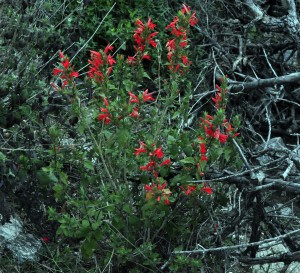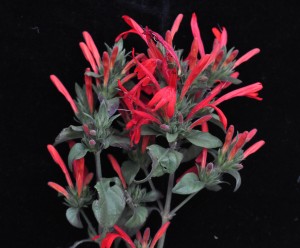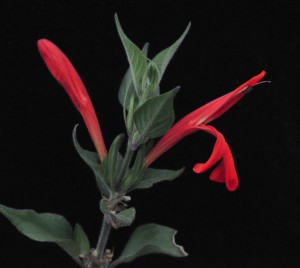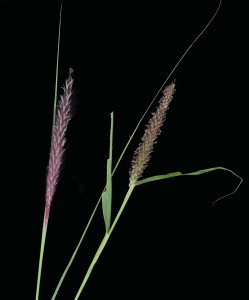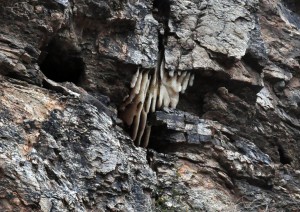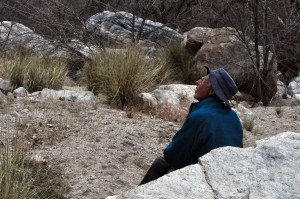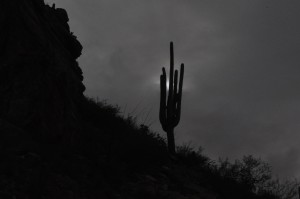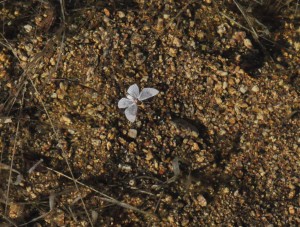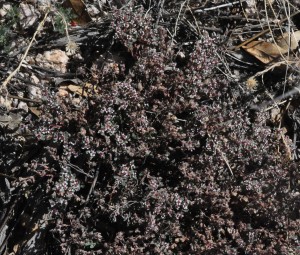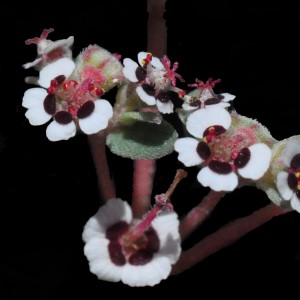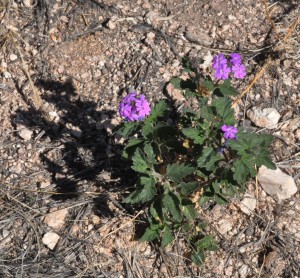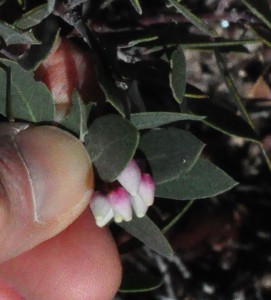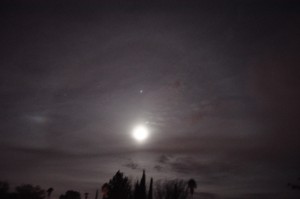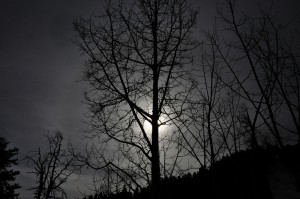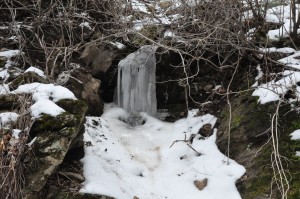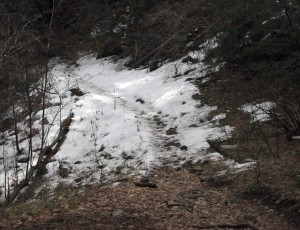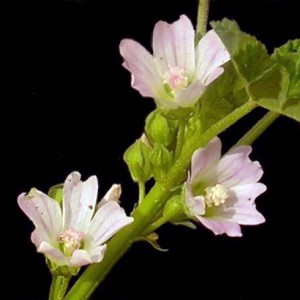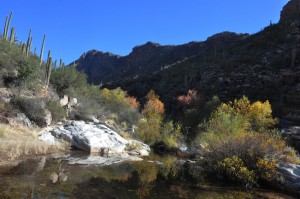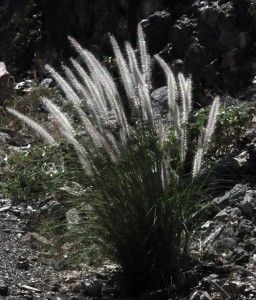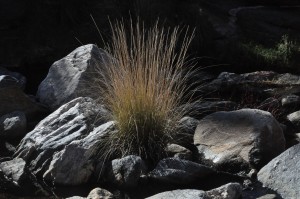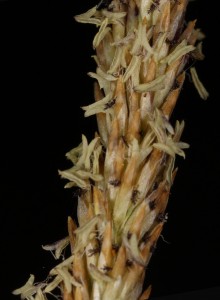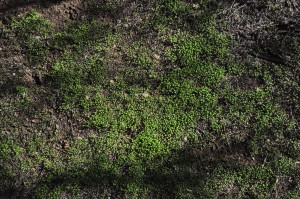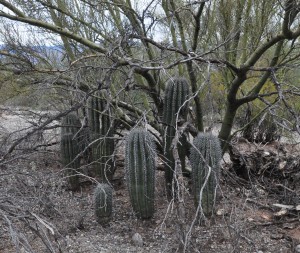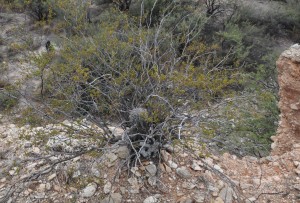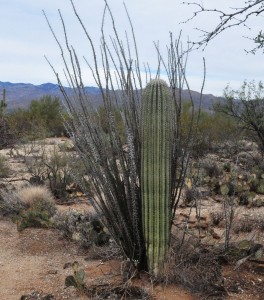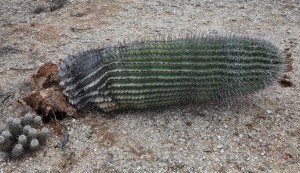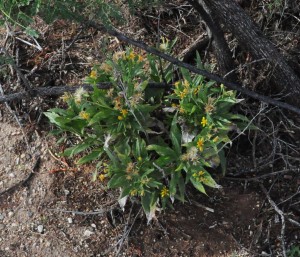We are already into the New Year. This blog has been quiet, since my wife and I went to Minneapolis/St. Paul for Christmas. The drawing card was family – altogether 21 of us at one time or another. That included my wife, Louise, and I, three of our children, (Alan, Elizabeth and Jeremy), their spouses (Lesilee, Mike and Carol), 8 Grandchildren, one of whom had a spouse, and another a boy friend, and three Great Grandchildren. What a wonderful time we had. The snow and icy cold weather were difficult at times, and a treat. Some of us took a one mile walk in the -4 degree temperature, two took a longer hike in a nature center at about the same temperature, three of us walked out onto a frozen lake, complete with ice-fishing holes, trucks and huts. One very cold night, -13 degrees, we tested the suggestions as to “how to enjoy cold weather” first by freezing water filled balloons, then by blowing soap bubbles and watching at least some of them freeze enough to land on the ground and roll around, and throwing boiling water into the air to watch it instantly turn into fine snow.
I guess it was predictable that the most entertainment was provided by Isha, less than two years old, with her impish grin and endless antics.
It seemed a little foolish to travel in such wintry conditions. Our flight were delayed both ways, but we did arrive safely at both ends, and thoroughly enjoyed the experience.
After only a few hours sleep, I woke fairly early on New Year’s Day and persuaded my friend Dave to go hiking with me. We went to Molino Basin. On the way up the mountain I suggested we visited “our” Rosewood tree. This was a fairly ambitious suggestion, since it involved going off the trail and up a steep hill. I was particularly interested to revisit the tree. It is featured in my book. “Mountain trees”. In lectures I have pointed out that although the tree is less than fifteen feet tall, its trunk suggests that it might be very old. So far I had not actually measured it.
Here Dave, (who is 5″ 4″) has his hiking stick on his head (another 5′) and the top of the stick does not reach the top of the tree, which we think is over 14′ tall.
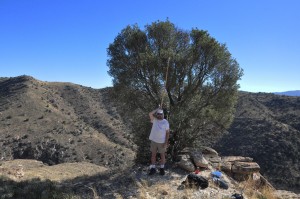
It is hard to see clearly in this picture, but the trunk is very complex, and very wide.
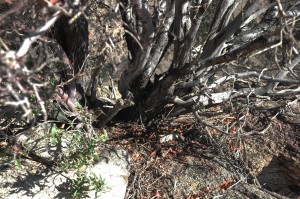
We arrived at the tree and realized that we did not bring a measuring tape. Gathering various straps we linked them together and constructed a line that we could wrap around the base of the tree. As you can see from the photograph, this was no mean feat. The trunk is complex with two main trunks and some smaller ones. Dave marked our make-shift ruler so that we could check it when we got back home. We guessed from looking at it, that the base of the tree was about eight feet around.
As we sat and enjoyed our refreshments I kept looking up the hill and to the right. Above us there was a fairly level arm of the mountain, and it seemed to be calling to us. Finally I suggested to Dave that we might want to climb up there. Well, once such an idea is in the air it is hard to resist, so we left our packs and extra gear by the Rosewood tree, and scaled the hill. It was well worth it. We eventually found ourselves on a ridge commanding views from both sides. We could look down, way down, into the Molino Basin, and turning around, to the Tucson Basin even as far as Mexico and New Mexico. What a thrill it was to sit there high in the mountain on a perfect day.
Looking down to our Rosewood tree from our first trek higher up the mountain
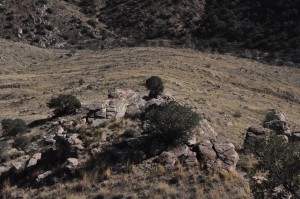
Then I found myself looking up again, and finally mentioned to Dave that he might want to see if we could go higher. Soon he was off up the hill, and then beckoned me to follow. It was steep in some places, but gentle and easy walking terrain in others, ending in a magnificent pile of rocks. We had reached the top! Years ago we had wondered what that would be like. Today, by going in stages, we got there. There was something very wonderful about sitting on those flat rocks and scanning the view. The only jarring notes came from the rumble of cars and the roar of motorcycles driving 500 feet below us.
Dave at the very top of the peak. Snow is visible on the Rincon Mountains in the distance.

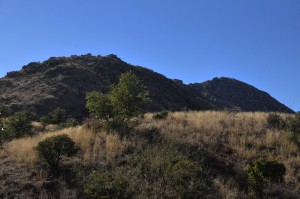
When we got down we looked back up. The highest point in this picture is the peak.
As usual we kept our eyes out for flowers, and found two species in bloom – spiny aster and wiry lettuce.
Returning to Dave’s we took out our make shift measuring device, placed it alongside a measuring tape, and found that it was exactly eight feet long!

